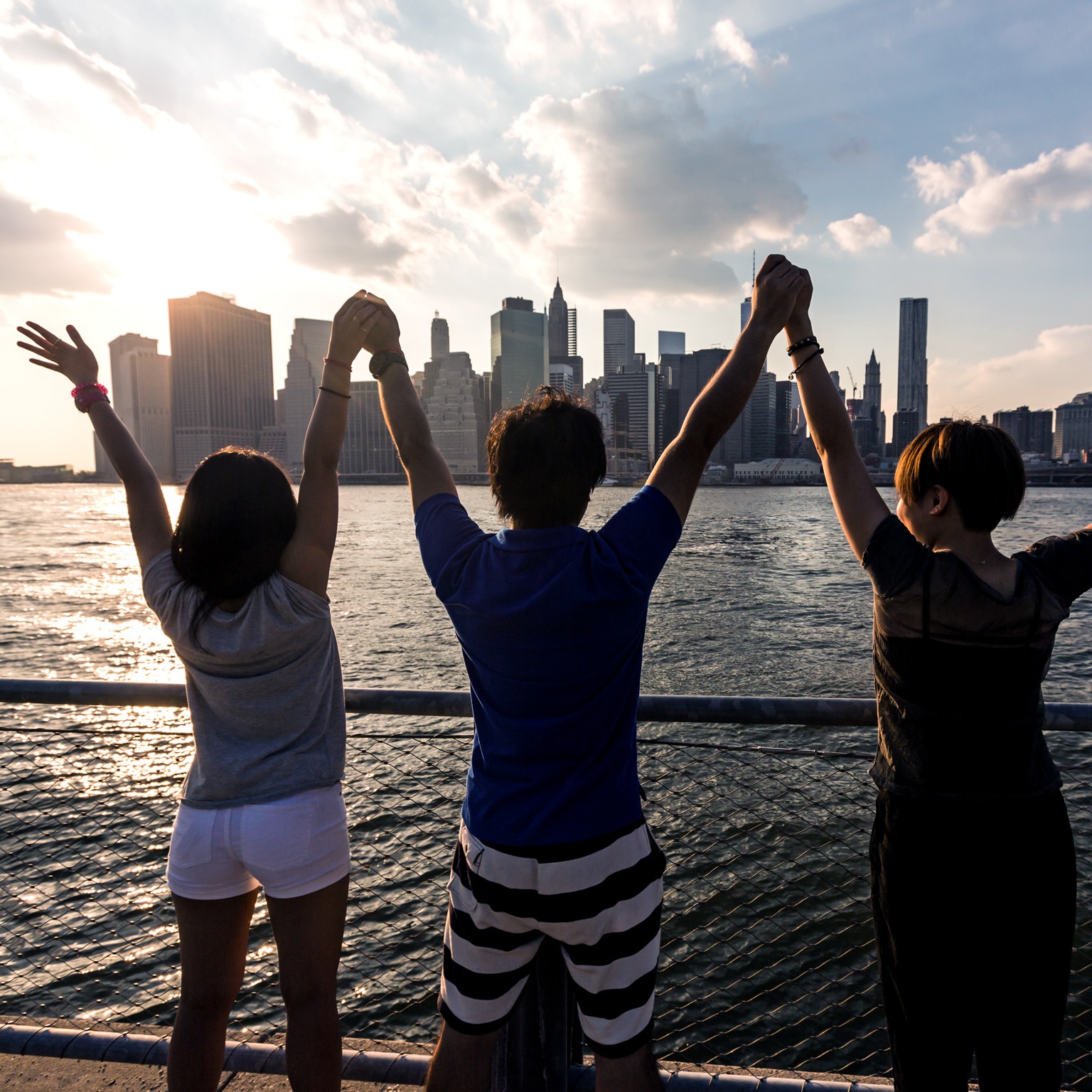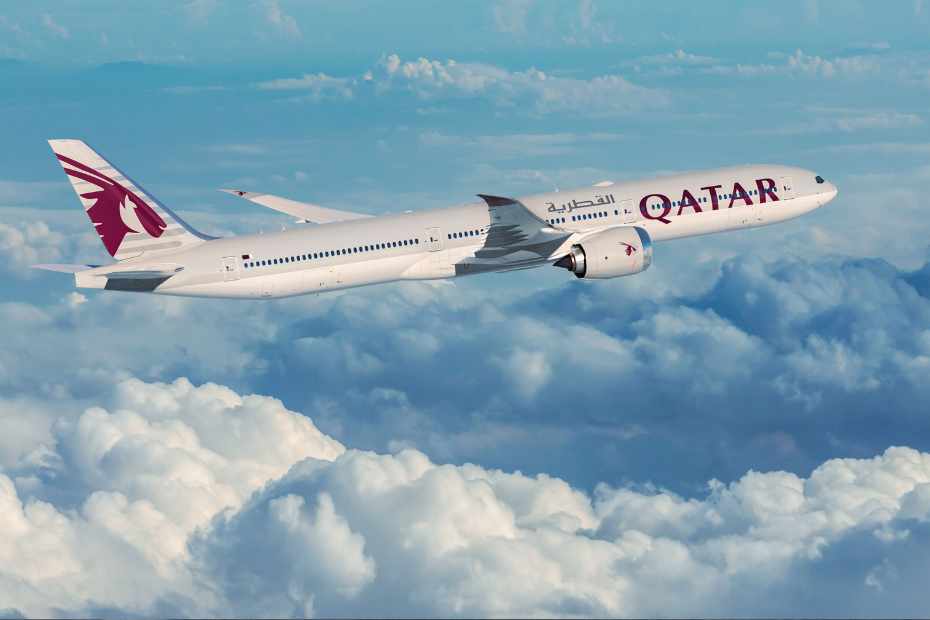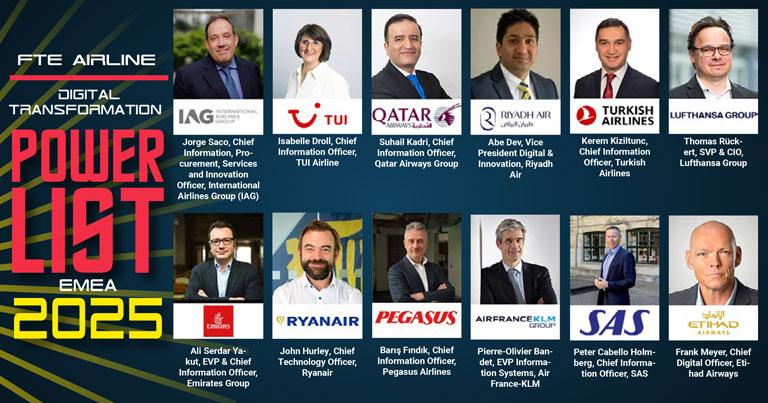Start spreading the news: New York City travel and tourism are back

As the travel industry began to recover in 2021, we expressed our view that the enduring allure of New York would continue to draw visitors back to the city. That projection is well on track, as more than 62 million people visited New York City in 2023, representing 93 percent of 2019 levels. The city now expects to exceed prepandemic visitor numbers by 2025.
Although travelers are back, their mindsets and behaviors have shifted. Visitors are more interested in experiences (40 percent of US respondents in our recent traveler survey say they are willing to splurge on them), but gone are the days when destinations could get away with offering experiences that are kitschy, overcrowded, or one-size-fits-all. And visitors still want to see the most famous New York City sites (Central Park, for example, remains the number-one visitor attraction based on Tripadvisor reviews), but they are increasingly venturing beyond Manhattan, looking for one-of-a-kind adventures and spending time outdoors. Meanwhile, business travel is recovering at a slower pace than leisure is, but postpandemic corporate travelers are once again looking to make in-person connections. And they continue to find New York one of the best cities in the world to meet and deepen relationships with clients, customers, and colleagues.
Given its history, culture, diversity, grit, and glamour, New York has a unique opportunity to delight visitors—while showing them the “real” city in ways they might never have seen it before.
The Big Apple is back
Tourists still “want to be a part of it,” as Frank Sinatra famously sang of New York City back in 1979. Both domestic and international visitors are making a postpandemic return to the city. Recovery is apparent across the tourism sector, creating widespread opportunities for stakeholders to capitalize on renewed travel spending.
Domestic tourism has recovered to roughly 95 percent of 2019 levels, with more than 50 million domestic travelers coming to the city in 2023. Boston, Los Angeles, Miami, Philadelphia, and Washington, DC, remain the top five sources of domestic visitors, according to mobile data from Placer Labs.
International travel is not far behind, recovering to about 86 percent of 2019 levels. Eleven million international travelers visited New York City in 2023. They are an important source of travel revenue as they spend, on average, three times as much as domestic travelers. The numbers of visitors from Canada and Mexico have nearly returned to prepandemic levels. The numbers of visits from overseas source markets trail slightly behind them. Travel from China still lags behind noticeably at 35 percent of 2019 levels, in large part due to shifting travel preferences and slower economic growth in China. A more robust resumption of Chinese tourism could provide significant benefits to New York, as the average spend per Chinese visitor historically hovers around $3,000—roughly double what visitors from, for example, the United Kingdom spend.
Signs of a broadly strong recovery are apparent across the tourism sector. New York City airports served 144 million commercial passengers in 2023. Hotels sold 37 million room nights, reaching 92 percent of 2019 levels. Broadway’s admissions in its 2022–23 season ramped up to 83 percent of 2018–19 levels, and the Metropolitan Museum of Art saw 10 percent more visitors than in 2019. All of this helped the city’s tourism industry generate $74 billion in economic impact in 2023—not too far off from the roughly $80 billion generated in 2019 (Exhibit 1).
Travelers are arriving with new desires and expectations
By the numbers, travel to New York City looks more and more like it used to. But what travelers want from their journeys has fundamentally changed. Visitors’ new approaches to discovering the city could generate opportunities for travel stakeholders to develop new offerings but could also challenge them to market a broader set of unique, lesser-known experiences.
Visitors are increasingly venturing beyond the classic Big Apple sights
While Manhattan remains uniquely appealing, many visitors now look farther afield. They are taking the time to enjoy more of what the metropolitan area has to offer. According to mobile data from Placer Labs, Manhattan was the only county in New York City that saw a decrease in visitors between 2019 and 2023. In the same time period, the percentage of city visitors taking a peek at Times Square declined. This was also the case for other classic sites, such as the Empire State Building, Rockefeller Center, and the Statue of Liberty.
Instead of confining themselves to the standard tourist itinerary, travelers are now more likely to cross the East River to enjoy Prospect Park and the Brooklyn Botanical Garden, for example, or to take in a Major League baseball game at Yankee Stadium in the Bronx or at Citi Field in Queens. Demand is rising for day trips outside the city to places such as the Hudson Valley, a culinary and artistic hot spot, and Long Island’s North Fork for its wineries (Exhibit 2). Visitors appear to be making longer stays in the city, which may help encourage exploration of more distant neighborhoods and attractions. The number of domestic visitors who stayed in the city between eight and 31 days increased by roughly 40 percent between 2019 and 2023.

Innovative, immersive experiences are becoming a major draw
Our recent travel survey indicates that “authentic experiences and immersion in the local culture” are one of the top three motivations for travelers. And 63 percent of travelers say that the quality and range of local activities are important factors in their choice of destination. New York City has amply responded to this trend, with classic sites reinventing themselves through new experiences that encourage repeat visitors to take another look. Times Square’s RiseNY experience allows visitors to take a simulated flight over the city while learning about its history. Rockefeller Center’s Top of the Rock observation deck debuted the “Beam” in December 2023, giving visitors an opportunity to recreate a famous 1932 photo of construction workers eating their lunches while perilously perched on a construction beam. Newer attractions are also climbing to the top of travelers’ bucket lists by devising unique offerings. Summit One Vanderbilt, a skyscraper that opened its doors in 2021, broke into the city’s top 20 attractions on Tripadvisor by combining a sky-high vantage point with immersive art installations.
Travelers are spending more time outside and on wellness-based activities
Today’s visitors to New York City expect more than just shopping and nightlife. According to Mabrian, tourist-created social media mentions relating to nature, wellness, and food and cuisine have increased by five percentage points each, taking share from mentions of nightlife (down 6 percent), arts and culture (down 4 percent), and shopping (down 3 percent) (Exhibit 3).

Visits to parks within the city have steadily increased by 6 percent since 2019, and Manhattan’s popular High Line park is projected to receive seven million visits this year. New spas and wellness retreats have popped up in places ranging from Governors Island to the West Village, offering visitors relaxation amid the city’s hustle and bustle.
It’s not just visitors’ tastes in experiences that are changing. Healthier dining habits are emerging. Restaurants are responding by offering diners more options: about 52 percent plan to add more plant-based or vegan options to their menus in the next six months. About 30 percent plan to add nonalcoholic beverages. (Relatedly, a study by TouchBistro found that New York City restaurant operators are seeing lower alcohol sales.)
Business travelers’ continued quest for connection
Business travel is critical for New York City, given that domestic business travelers on average spend more than twice as much as domestic leisure travelers. Some might have questioned whether business travel to the city would ever fully recover; after all, office vacancy rates were still stuck at about 23 percent at the end of 2023, and the postpandemic weekly share of in-office work remains at about 50 percent. But while business travel is taking longer than leisure travel to recover, it now comprises 19 percent of all visitors, which is comparable with the 20 percent it accounted for in 2019.
What might lie behind business travel’s solid comeback? One factor could be New York City’s strong employment level, which has now exceeded its 2019 mark (Exhibit 4). The high concentration of workers employed in New York’s metro area could be a draw for colleagues from elsewhere, who are looking to meet and collaborate with their New York–based coworkers.

The opportunity for in-person connections remains a central motivation for business travelers. Research from our real estate practice has shown that colleagues find in-person collaboration far superior to remote working when it comes to sparking “moments that matter”: it enables apprenticeship and learning; solves complex, cross-functional, creative, or analytical problems; fosters deeper relationships with clients, customers, and colleagues; and builds community and culture.
Business travelers continue to choose New York as a backdrop for sharing these types of moments. In October 2023, the city’s luxury and upper-upscale hotels (the two top-priced tiers as measured by Smith Travel Research) saw their highest levels of group demand since 2018. The Javits Center, the largest exhibition venue in the city, hosted 126 events in 2023, which is 90 percent of its 2019 total.
Stakeholders should look for ways to continue giving corporate travelers reasons to view New York as a desirable context for collaborative experiences (for example, by offering opportunities for unique company off-sites or for deepened one-on-one business relationships).
Five ways to build on the city’s travel renaissance
Based on our experience and research, below are five ways that stakeholders (such as travel suppliers, hoteliers, tour operators, transportation firms, and attraction or activity companies) can help meet travelers’ changing needs and aspirations.
Be front and center during trip planning, connecting with travelers before they arrive
Today’s travelers love to dream about their next adventure, with many saying they enjoy the trip-planning process and rely on family and friends for inspiration and recommendations. Given how many things there are for travelers to do in New York City, it is important for experience, accommodation, and service providers to be top of mind for travelers before they even arrive—in part by helping visitors find experiences that are tailored to their personal preferences and interests. Targeted social media campaigns can put ideas in a traveler’s head that might come to fruition the next time that traveler comes to New York for a work trip. (And ensuring that the experiences themselves are memorable may encourage visitors to recommend a trip to the city to their family and friends back home—even providing them with a list of “must do” activities.)
Harness technology to enrich every visit and experience
Visitors increasingly want to feel that they are experiencing New York as a local would. Technology could help them get closer to this goal. An AI-powered tour guide, for example, could be hyper-knowledgeable about New York City, customize each itinerary to the user’s tastes and preferences, and recommend must-sees that are off the beaten path. New York is an ideal test bed for such offerings because the city presents visitors with such a large array of options and attractions. Stakeholders can join forces to memorialize and digitize their locally grown perspectives to gain new customers and induce loyalty and spending.
Expand beyond Manhattan to make New York City feel much bigger
Stakeholders can develop new offerings to encourage visitors to seek experiences in lesser-known neighborhoods outside of Manhattan. Underused warehouses in Brooklyn and Queens could be repurposed as venues for outdoor art galleries, corporate off-sites, immersive historical exhibitions, or innovative, tech-enabled experiences. Travelers could be offered incentives to check out nature in upstate New York or a baseball game on Staten Island. Visitors who are discouraged by Manhattan’s hotel prices, which are now at all-time highs, might be pleased to be made aware of more affordable accommodations in the outer boroughs.
Lean on partnerships to create seamless, bespoke, and awe-inspiring experiences
Major upcoming events—including New York City’s 400th birthday in 2025, the 250th birthday of the United States in 2026, and the 2026 FIFA World Cup final (which is expected to bring in about one million extra visitors and create roughly $2 billion in economic impact )—are sure to draw incremental travelers to the city. These events will heighten the need to provide seamless travel experiences. Airlines can partner with local transit actors to help guide travelers’ journeys long after they disembark from the plane. Hotels can do more to help travelers get reservations at top restaurants. And venues can offer behind-the-scenes access, featuring immersive experiences that elevate visitors’ senses with sounds, visual design, or artificial reality.
Empower employees to create authentic, personalized experiences
Tourism-related employment in New York City is still down 10 percent from 2019, and full-service restaurant staff turnover in the city is higher than the US average at more than 30 percent. Leading travel providers know that talent, especially on the front line, plays a powerful role in surprising and delighting travelers, adding value that can range from knowing visitors’ names to telling them where to find a speakeasy (and how to get in). Empowering frontline workers with tech will give them the information they need to fully personalize experiences for visitors and to automate manual tasks.
Maya Angelou famously said, “People will forget what you said, people will forget what you did, but people will never forget how you made them feel.” The same holds true for New York City. Travelers might not remember every detail of a trip, but they will remember how the city made them feel. Leaders in New York’s travel and tourism industry can work together to help visitors enjoy a new universe of attractions and experiences that allow them to fully immerse themselves in the city’s enduring history, diversity, bustle, and glamour.
Related
Turkish Airlines and Qatar Airways Suspend Mogadishu Flights Following US…
Home » Airlines News of Qatar » Turkish Airlines and Qatar Airways Suspend Mogadishu Flights Following US Embassy Terror Alert, Raising Security Concerns at
Local tourism destinations grow fast
Men sit at the Doha Corniche backdropped by high buildings in Doha on March 3, 2025. Photo by KARIM JAAFAR / AFP DOHA: Local tourism destinations are g
Hajj, Umrah service: Qatar Airways introduces off-airport check-in for pilgrims
Image credit: Supplied Qatar Airways has introduced an off-airport check-in
IAG, Qatar Airways, Riyadh Air, Turkish Airlines, Lufthansa & more…
Turkish Airlines – a Corporate Partner of the FTE Digital, Innovation & Startup Hub – is charting a course to rank among the top 3 global airlines for












